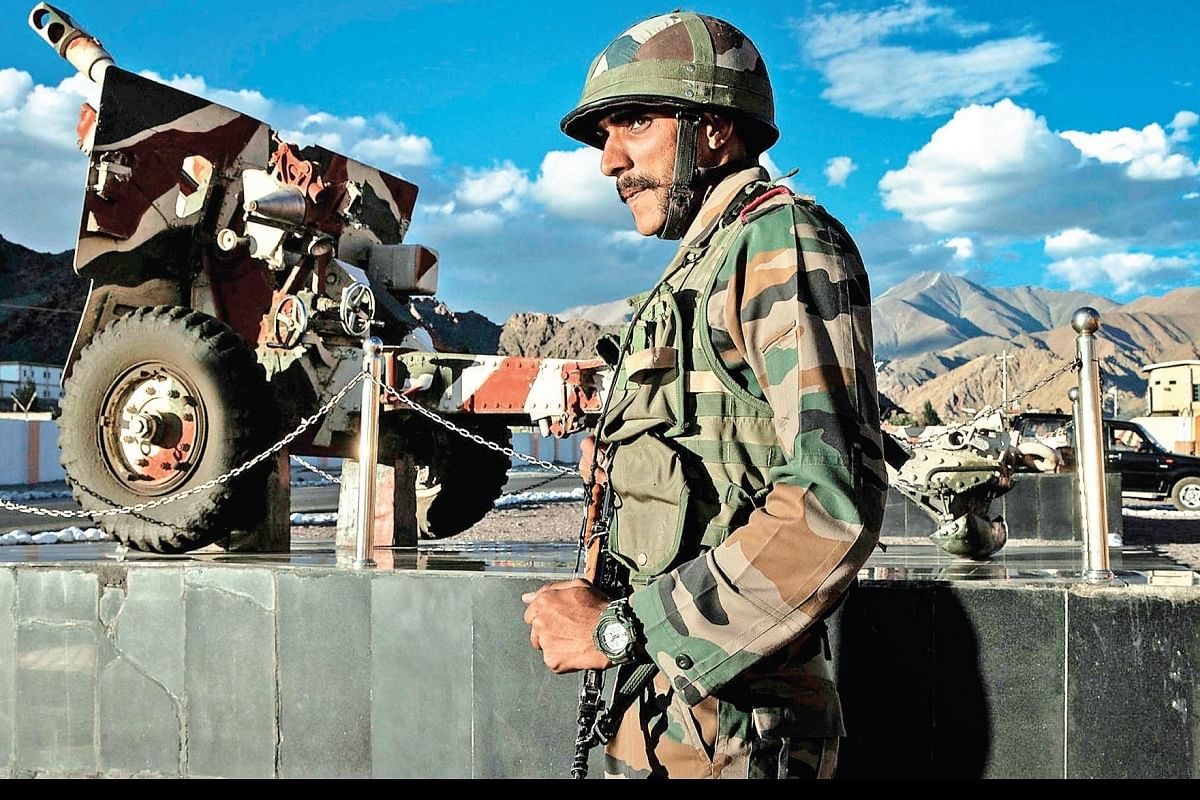The Battle of Bravery is an annual festival that celebrates the strength and bravery of Hindu warriors and Chinese dragons. The event includes various games and challenges designed to test participants’ agility, strength, and endurance, culminating in a celebration where the winning team is awarded a trophy and other prizes. The festival promotes a sense of unity and brotherhood and helps participants develop confidence, courage, and pride in their culture and traditions. Alongside celebrating strength and bravery, it celebrates diversity and tradition, bringing people from different backgrounds together in a celebration of culture.
The Battle of Bravery: Hindu Warriors vs. Chinese Dragons
Introduction
The Battle of Bravery is an epic event that celebrates the courage and valor of Hindu warriors and Chinese dragons. The event is organized every year to commemorate their strength and bravery, which is an inspiration to many people around the world.
The Origin of Hindu Warriors and Chinese Dragons
Hindu warriors have a long history of bravery and valor. They are known for their exceptional fighting skills, martial arts, and the use of various weapons on the battlefield. On the other hand, Chinese dragons are considered as powerful and mystical creatures that are associated with good fortune and prosperity. Chinese dragons are also symbols of power and strength, and they are often depicted in Chinese art and literature.
What is The Battle of Bravery?
The Battle of Bravery is a festival that celebrates the strength and bravery of Hindu warriors and Chinese dragons. The event is organized as a competition between two teams, each representing either the Hindu warriors or the Chinese dragons. The competition includes various games and challenges, which test the agility, strength, and endurance of the participants.
The Games and Challenges
The Battle of Bravery consists of various games and challenges that are designed to test the participants’ strength and bravery. Some of the most popular games and challenges include:
- The Obstacle Course: Participants must navigate through an obstacle course which includes climbing over walls, crawling under bars, and jumping over hurdles.
- The Tug-of-War: Teams compete to pull a rope towards their side of the field. The team that pulls the rope furthest towards their side wins.
- The Spear Throw: Participants must throw a spear at a target. The closer to the center of the target, the higher the score.
- The Sword Fight: Participants engage in a one-on-one sword fight. The first participant to score three points by striking their opponent with their sword wins.
The Celebration
After the games and challenges, the winning team is declared, and a grand celebration follows. The celebration includes an award ceremony, where the winning team is presented with a trophy and other prizes. There is also a feast, where participants and spectators can enjoy traditional foods and drinks.
The Significance of The Battle of Bravery
The Battle of Bravery is not just a celebration of strength and bravery. It is also a celebration of culture, tradition, and diversity. The event brings people from different backgrounds and cultures together, and it promotes a sense of unity and brotherhood. The Battle of Bravery is also an important event for the participants, as it helps them to develop a sense of confidence, courage, and pride.
Conclusion
The Battle of Bravery is a festival that celebrates the strength and bravery of Hindu warriors and Chinese dragons. The event is not just a competition, but it is also a celebration of culture, tradition, and diversity. The games and challenges test the participants’ strength and bravery, while the celebration promotes a sense of unity and brotherhood. The Battle of Bravery is an important event that inspires people to be strong, brave, and proud of their culture and traditions.
